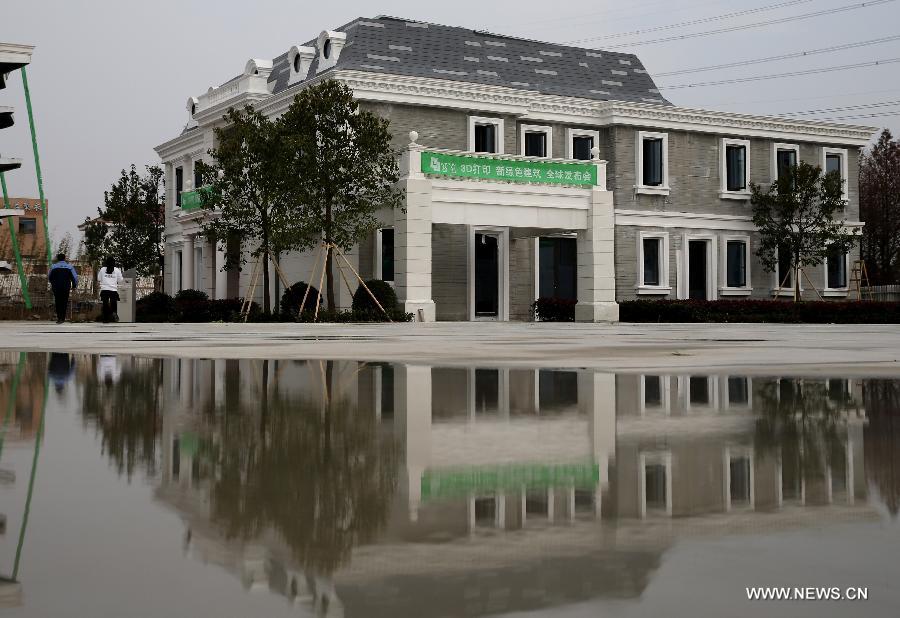I've had fun, detailing 3-D printing in previous posts and how that technology will change our lives, just as surely as electronic books, music and movies did. 3-D printing is a big subject, and I keep finding out more.
Reading up on 3-D printing, I discovered it was a side discovery related to the micro lithography process used to make microelectronic circuits (computer chips). As a process used to make microelectronic circuits, 3-D printing would lend itself to several dissimilar materials combined together. Micro-circuits consist of wires, different types of silicon, and insulation.
Imagine my surprise, when I discovered someone had printed a drone, complete with circuitry. By the way, the drone works. The motors provide motive force, the propellers spin, and the drone flies.
From: https://corsiaziende.wordpress.com/
Immediately my mind went to how many people talk about Star Trek accurately predicting the future. Even their communicators looked like cell phones of the early 2000s. My mind went to the episode, The Trouble with Tribbles. In that episode, Capt. Kirk gets food from a microwave-like box in the wall with a sliding door. He uses small cartridge to tell the machine what to make for lunch, the door comes up and the machine neatly presents his food on a plate. At the end of the episode, when his ship is overrun with Tribbles, there's a Tribble on the plate rather than food. Today, the Wall Street Journal publishes an article about taste-testing printed food. Seems like future has met science fiction TV.
Star Trek shows a working social construct where many of the technology problems we have yet to face are already conquered. Just imagine the day when we can make an iPhone in our household printer. How many people in China will lose their jobs that work for Foxcon, or wherever China produces iPhones? How many people in the supply chain will no longer have anything to do? Looks like a hefty short-term labor surplus.
As with any human development, nothing stands still for long. You can get a villa 3-D printed in China, interestingly in Suzhou, part of which comprises the Sino-Singapore Industrial Park. I went to Suzhou in 2009, and only saw birdcage type housing, as they built a city with over 1 million residents from a flat plain surrounding a man-made lake.
3-D printing promises to be a vibrant technology that will replace many other skills and trades. We, as a species, have to learn how to deal socially with this type of raw power. The short-term may look bleak. Eventually, because our species is creative, different types of social constructs will replace the jobs we hold dear in this century.

No comments:
Post a Comment